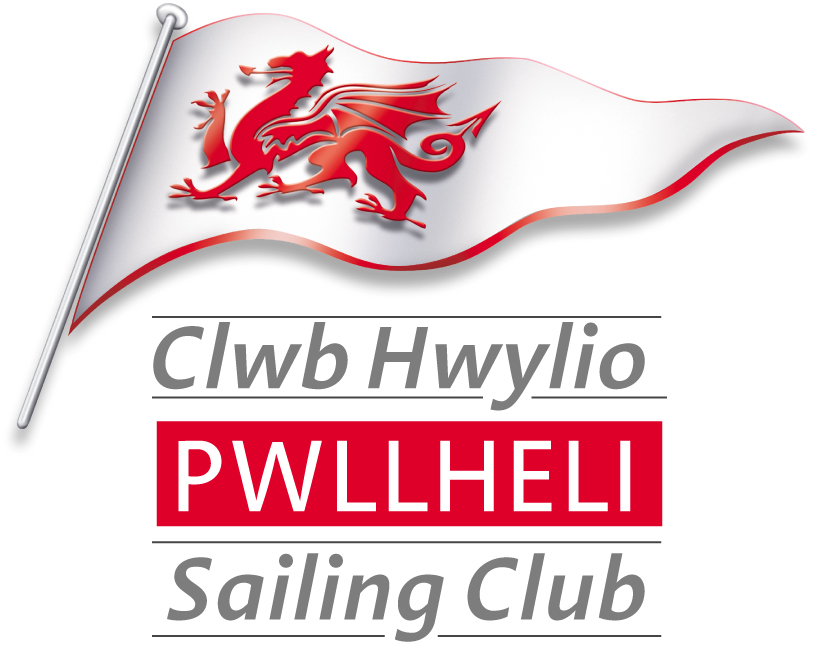Venue Guide – Pwllheli
When it comes to hosting major national and international championships, the Welsh venue of Pwllheli is increasingly on the radar of event organisers.
It lays claim to being the gateway to some of the best sailing waters in the UK, with Cardigan Bay offering weak tidal streams and stable winds against the stunning backdrop of Snowdonia and the rugged north Wales coastline.
Located on the Llŷn Peninsula, in the Gulf Stream and to the west of the Welsh mountains, Pwllheli has a mild, drier climate than the rest of Wales.
And over the last two years Pwllheli SC, which operates Ten safety RIBs, has hosted many events for some of the biggest racing classes around and has catered for more than 4,000 competitors.
In 2012, action at the club included the RYA Volvo UK Youth Championships, Finn World Masters,Topper Nationals, Optimist Nationals, Firefly Nationals, Cherub Nationals and the RS300/500 Nationals and the Welsh Youth and Junior Championships.
Winter will see more than 1,500 sailors coming to train.
The club has a secure compound for keeping boats overnight and a marquee for events.
Events manager Gareth Roberts says: ‘The doors are always open so if anybody wants to make a booking, give us a call. We have parking space for 300+ boats in a secure compound, free parking for cars and trailers, and the warmest welcome in Briton.’
Launching
Events launch from Glan-y-mor beach behind the marina workshops and compounds, a sheltered long sandy beach ideal for large numbers of boats. The sailing area is then just a short sail away, directly to the south and south east of the club.
Wind
Pwllheli SC is located on the south side of the Llyn Peninsula and the relatively shallow waters of Cardigan Bay combine moderate tidal and sea conditions with varied patterns of winds. The sailing waters are open to the South Westerly winds which prevail throughout most of the year – as evidenced by the trees and hedges all learning the same way – which the club says allows for largely unbiased racing areas.
South Westerly – the bay is exposed to the sea and this is the cleanest direction for breeze. This direction will see less shifts and longer oscillations so you will be holding a tack for longer, and need to know your numbers so you know whether you are on a lifted or headed tack. A compass will be important as there will be no visual references looking out to sea. It is also likely to be wavey for the wind strength, an important factor when considering how to get the best boat speed. You’re unlikely to get many gains from shifts so boat speed – getting your boat set up right, getting a feel for the waves, and body movement within in the boat - will be key. Depending on the wind strength consider whether deeper sails with more twist rather than flatter sails might help power through the waves. If you are not used to sailing on the sea and are due to be at Pwllheli for an event, it is well worth trying fit in some practise at sailing on waves before you go.
Westerly – Depending on where the course is, there may be more breeze along the shoreline due to compression so it’s worth checking out the right hand side of the course which might provide lifts and gusts, but you could also find big holes and never escape the corner. Think about the possibility of pairing up with another boat and doing split tacks before the start. Also consider the tide – there might be less tide along the shore.
North West to East – This will be shifty flatter water as the wind has come from the mainland. Look for possible stronger windbands / gusts coming from areas of lower land such as valleys, by looking at what’s happening on the water. Be alert for lifts and headers.
South East to South – Going up the beat you now have the mainland on your left so there may be more wind up this side of the course if it is close enough to the shore. This is probably unlikely so as with a South Westerly it should be a fairly clear track, albeit with flatter water and a few more shifts. Nevertheless, look out for any land effects on the left which might be consistently there. Again a split tack could be useful.
Sea Breeze - The Llyn peninsular might generate a very small localised sea breeze but this is unlikely to last. The main sea breeze in summer is likely to be generated as a result of warming on the mainland in settled and sunny weather, coming from the South West in the afternoon: meteorological information for Pwllheli shows on 12 per cent of days an offshore morning wind is replaced between 10.30am and 12.30pm by a sea breeze which persists for the rest of the afternoon and is normally steady and reliable.
Tides
The tide is very weak with a peak tide of 0.3 knots and an average tide of about 0.1 knots.
The flood tide runs East for the first half and then North East for the second half.
The ebb tide runs South West for the whole period. Events manager Gareth Roberts says: ‘The tide is very small here – it’s only half a knot on a big Spring tide. Wind against tide has a small effect but not as much as other places.’ With such a weak tide it is likely to be a lesser factor in your racing strategy in most conditions other than in light airs.
 English (UK)
English (UK) 
